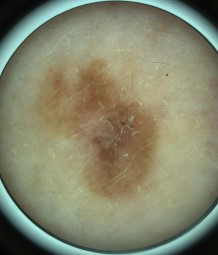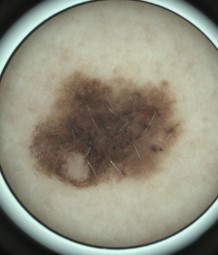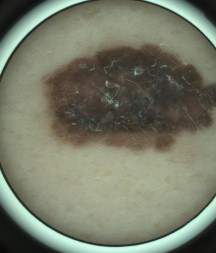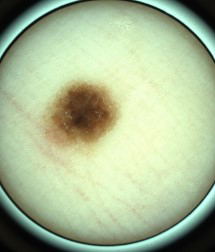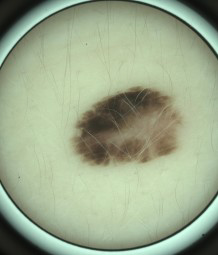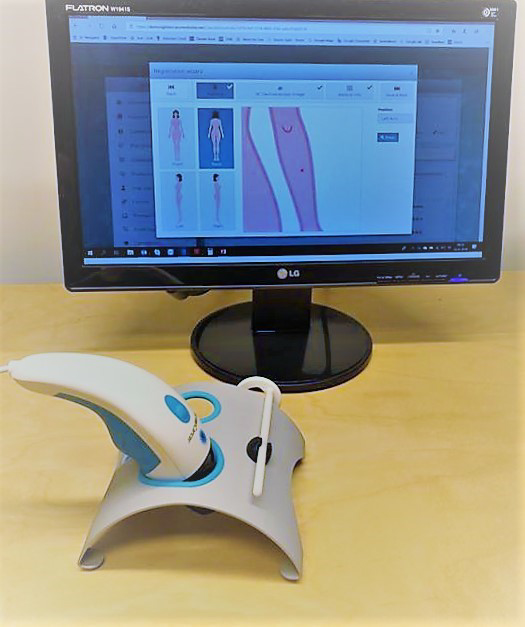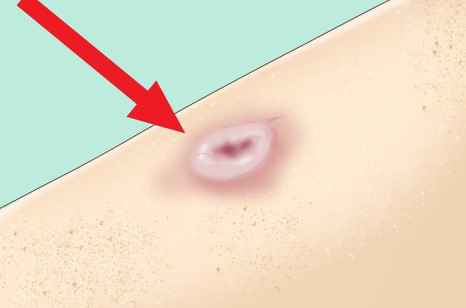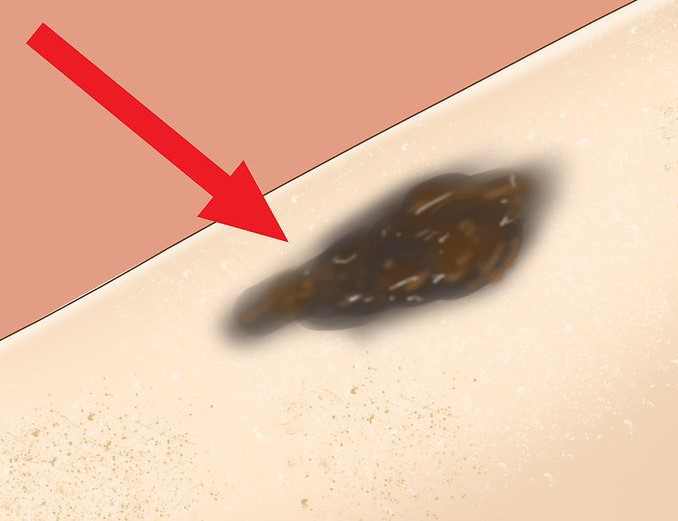Individuals now have access to an affordable and innovative skin scanning service.
The process is simple and quick. In a consultation clients will be asked some questions about their general skin health including previously used medications etc. The skin condition is imaged with our non-invasive camera, looking at the surrounding skin and a very high-quality close-up image of the area of concern.
The images are sent to a dermatology consultant who analyses the images remotely, along with the supporting information. Once the results are received, we will call to discuss the report and then send it via email. If needed an additional appointment will be made with the Doctor.

